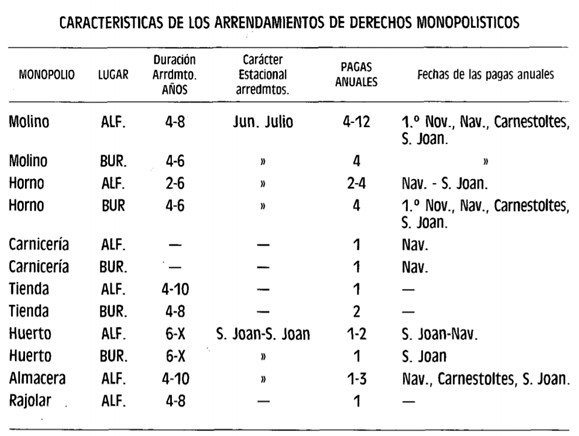
From the late 16th and early 17th centuries, the Netherlands fought for independence from Spain in a long war, known as the Flanders War or the Eighty Years’ War. In 1590, the city of Breda, important for its strategic position to launch new offensives, was taken by the Dutch, and between 1609 and 1621 enjoyed a truce that expired when Philip IV ascended to the Spanish throne, who resumed the war and the clashes with the United Provinces of the North. To captain the expedition to Breda and lead the Flanders Thirds, the monarch appointed the Genoese aristocrat Ambrosio de Spinola, who would be in charge of fighting the Dutch with 40,000 men. Breda, which was defended by Justin de Nassau of the House of Orange, was besieged in 1625 so that it could not receive supplies and ammunition. The troops garrisoning the city finally surrendered on 5 June 1625, with the Spanish generals decreeing that the defeated were to be treated with respect and dignity. This treatment is depicted in the play, where it can be seen how the enemy is treated with chivalry. In the foreground we see how the victorious general receives, almost affectionately, the key from the defeated enemy.
Collection: Images
Project: 5. Power and powers in the history of Europe: oligarchies, political participation and democracy., 6. Under a cloak of terror: violence and armed conflict in Europe.
Chronology: XVII
Scope: Secondary Education, Baccalaureate, University
Resource type: Image
Format: Oil on canvas, 307,3 cm x 371,5 cm.
Source: Museo del Prado (Madrid)
Language: Spanish
Date: 1635
Owner: María del Mar Felices de la Fuente (Modernalia)
Identifier: P001172
Copyright: Museo del Prado (Madrid)
Abstract: War conflicts in the Spanish Monarchy. The image shows the painting by Velázquez, entitled "The Spears", or "The Surrender of Breda", executed around 1635.
Image
Tags







